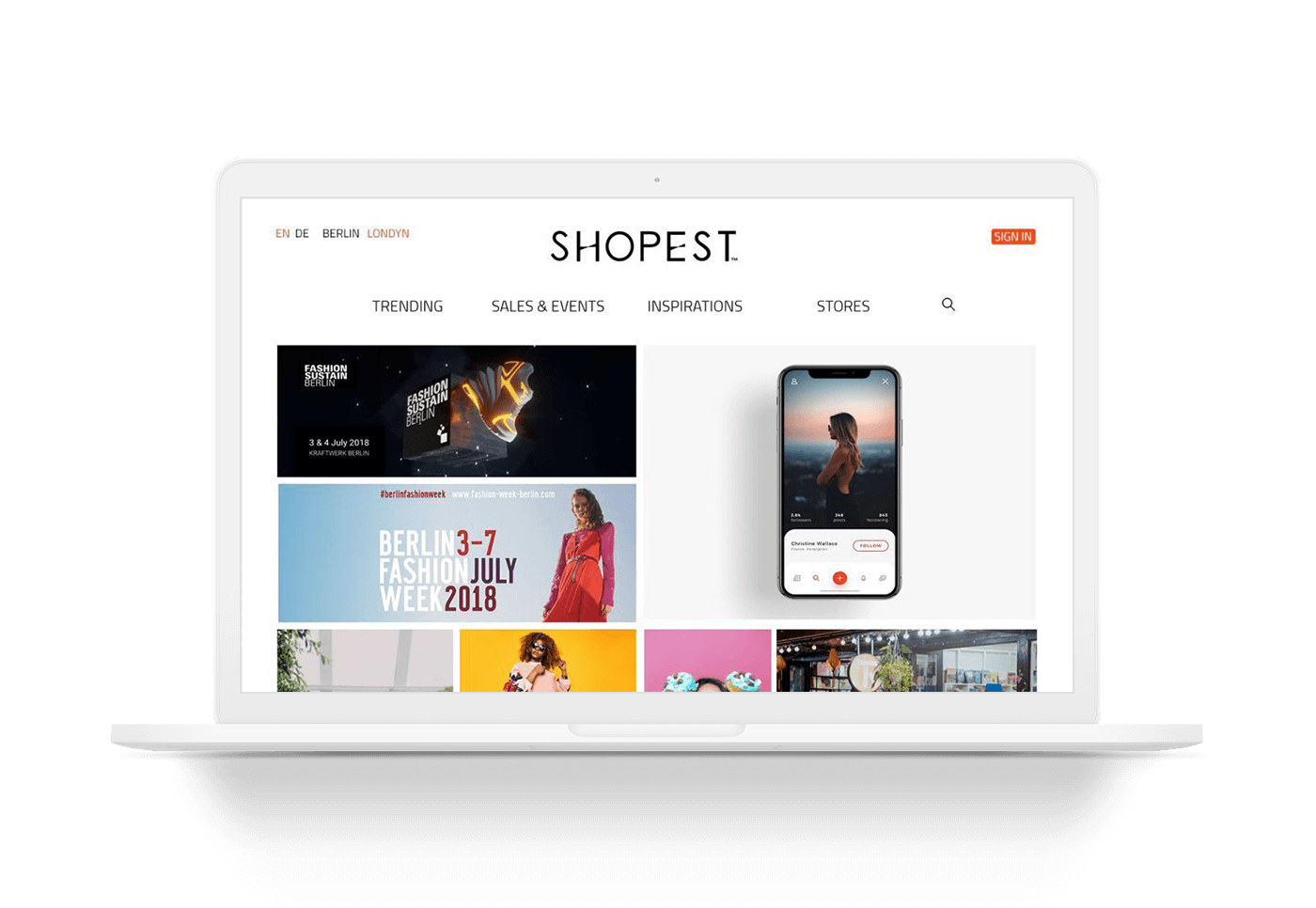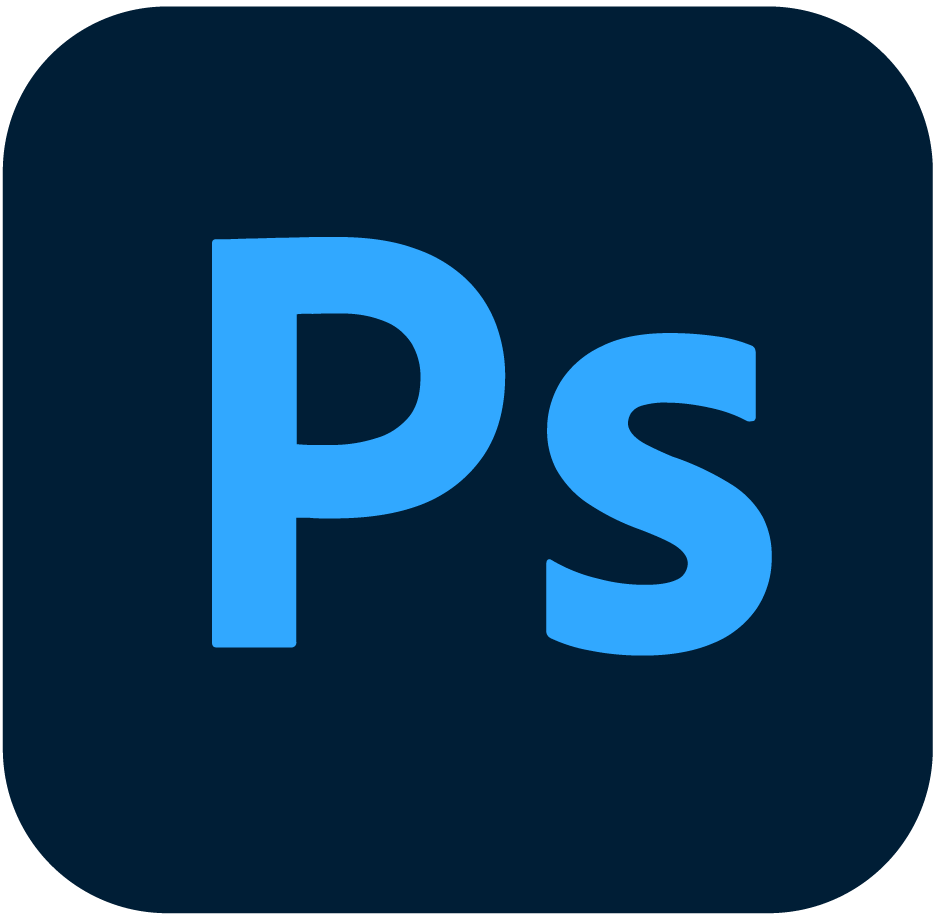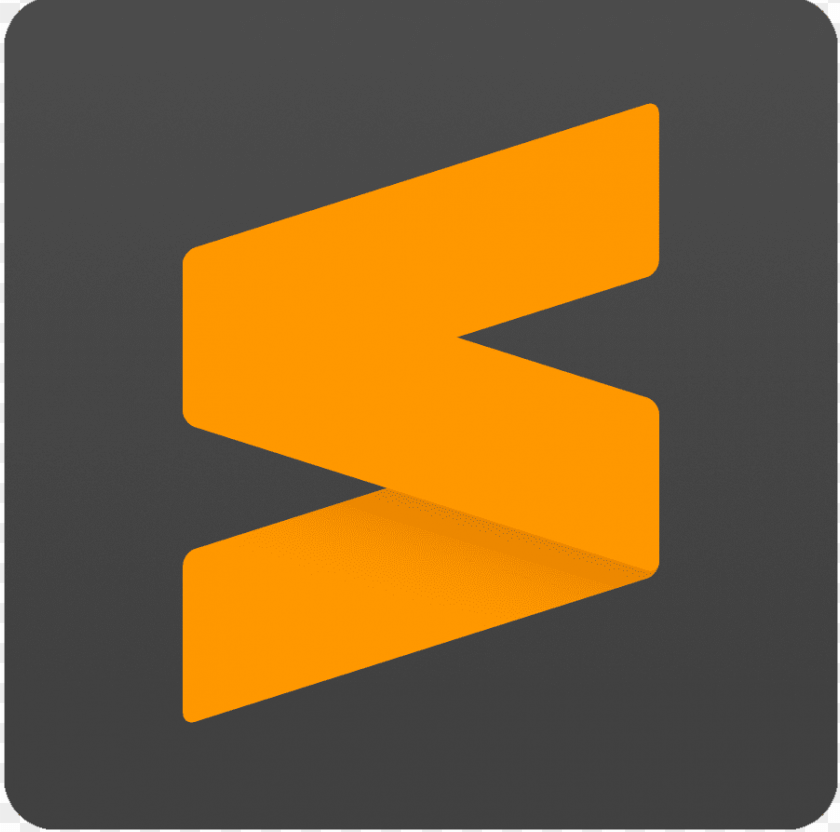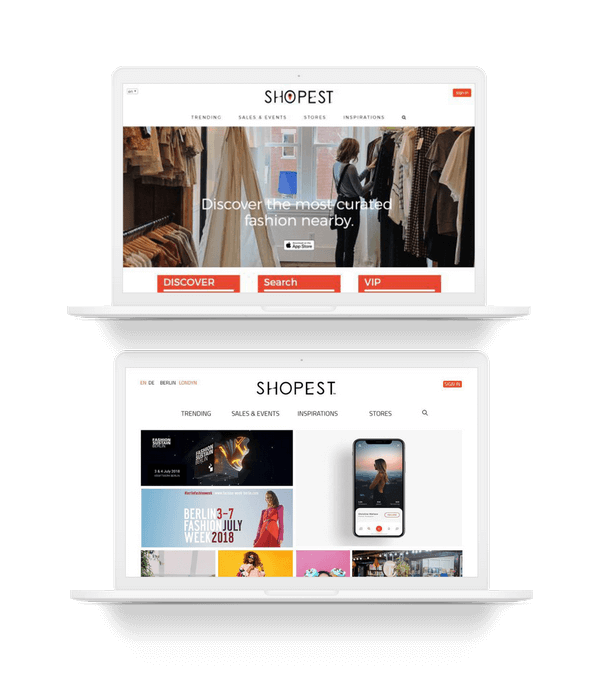Shopest
Redesign of a webpage
Discover nearby fashion fast & simple.
Discover nearby fashion fast & simple.

Application that connects people & small brand fashion — easily find best outfits, get recommendations, and keep track of the places you love.



Research
Wireframe
Design
Prototype

Google sheets

Photoshop

Sublime text
The company's platform solves the problem of an inefficient live inventory search, by making nearby retail:
searchable,
discoverable,
shoppable on-demand,
enabling people to find the clothes they love,
discover fashion events nearby in real-time.
For the shoppers the location-based native apps and web allow them to quickly find fashion items, shops and brands, along with must-see retail events, experiences & live shopping. Customer is the retailer. Shopest works with independent and speciality retailers to drivemore qualified customers into their stores. Retailers are able to target shoppers before, during and retarget after their visit. The mission is to save the world from retail clone zones and help keep vibrant shopping areas and talent alive.
Shopest is a location-based technology platform designed to connect retailers to shoppers in real-time.
Name: Shopest,
UK Female founder startup,
Headquaters: London, UK,
1-10 people,
Private company / Productivity Software,
Industries:E-commerce, Fashion, Location Based Services, Retail Tech,
Target audience: 22-44 yo fashion lovers & travelers that want to be inspired.
Duration: 1 month / june-july 2018
Role: UI/UX Designer
Team: Me/Designer, CEO&CFO, Web developer
Task: Redesign of a web front page for the investors demo during Berlin Fashion Week
The brief and expectations were provided by the co-founders with the aim to rebuilding the information architecture and user flow for the existing frontpage and making it more interesting.
After every process or design decision, we had a team discussion over it where the team members gave their suggestions and inputs on the ideas I came up with.
I chose to use the Design Thinking approach to guide me through the process.

Big trends in current fashion are sustainability, slow fashion, second-hand apparel, and resale.
Consumers have been making more of a conscious effort to shop local.
While on the one hand, people are shopping more online, they also want to support their neighbors and local economies. People find themselves needing fewer outfits and have the time to pay attention to where and how their clothing is produced.
70% of consumers say they have a more serious attitude towards environmental issues and are willing to take more actions.
47% of consumers worldwide had ditched products and services from a brand that violated their values. The message from consumers is clear; sustainable fashion is in, fast fashion is out.
The Solution: Local & Sustainable.
Retailers who can prove that they meet the new, more ethical consumer standards will be able to thrive in a more conscious world. Being a local presence doesn’t have to mean that you have a store around the corner from your customers. It’s about making consumers feel like you are part of their community. In fact, localizing online presence is more important than ever.
Ecommerce localization starts with the product itself.
For fashion, that means making sure that the products are locally appealing.
The local climate and culture will influence what customers want, and standard sizing may vary between markets. Consumers are looking more closely than ever at what goes into the things they buy. However, they’re also looking more broadly at the people they buy from.
Although online shopping makes it possible to purchase clothes with just a click of a button, it does entail numerous problems.
Not only is it difficult to choose the product in the correct size, but there is also the possibility of going through the return process if the product does not fit properly.
The majority of the web visitors just glance through the bullet points and bold texts rather than reading long paragraphs.
People like visuals and they are much more engaged with visuals and clean, easy to follow structure.
The client had a working platform, but it needed a modern look and functionality to attract customers.
In order to redesign this particular product, I needed more information to guide me through the process. I was able to research thoroughly about the fashion e-commerce industry before I proceeded to analyze the problem and ultimately come up with a product solution.
The biggest challenge was to filter out the most important page elements and the priority of them.
Upgraded website is:
dynamic with more movement,
easy for customers to navigate,
presents the most up-to-date product and style information.
It's a simple page with a minimal design focusing more on product photos, sales and discount.
